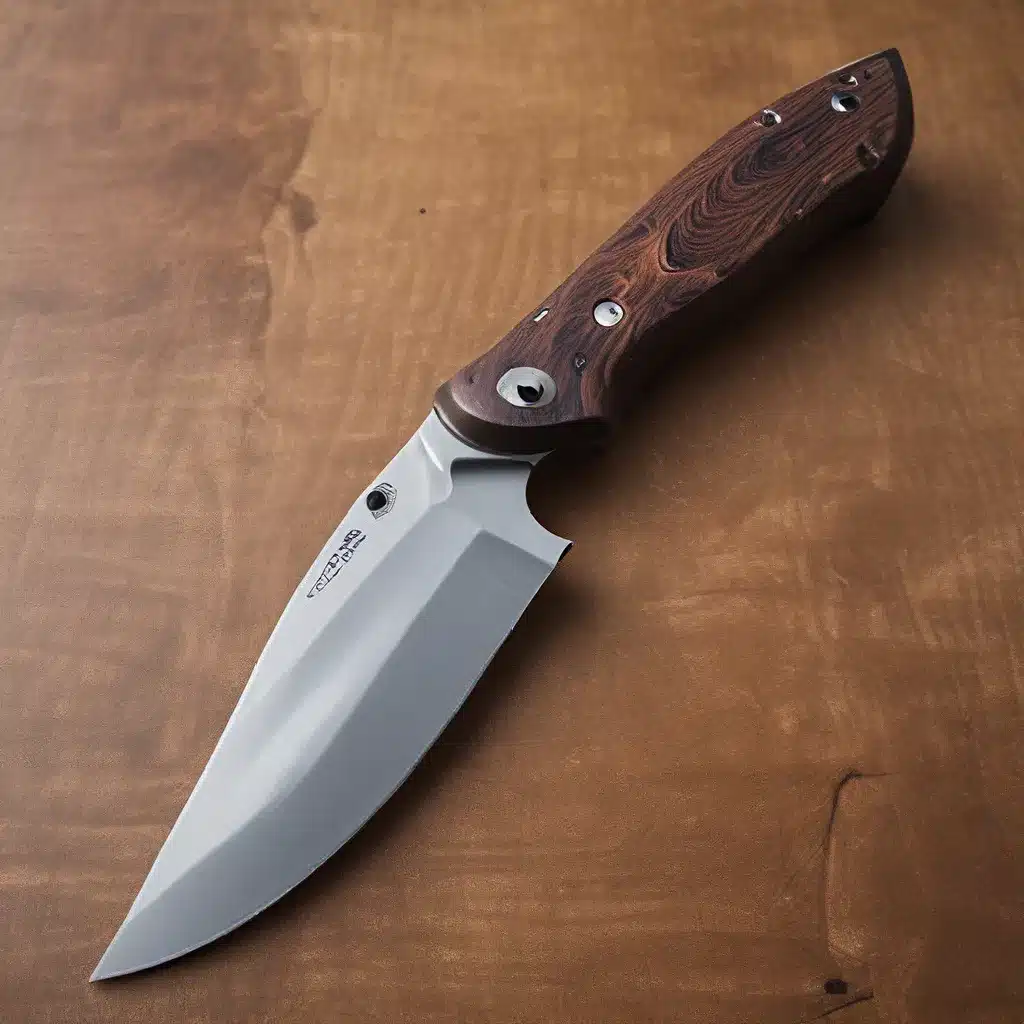
As a lifelong enthusiast of all things sharp and cutting-edge, I’ve always been fascinated by the profound impact that knife design has had on the course of human civilization. From the humble stone blades of our ancestors to the sleek, high-performance knives of today, the evolution of these ubiquitous tools has quite literally shaped the world we live in.
In this article, we’ll delve into the fascinating history of knife design and explore how it has influenced everything from warfare and industry to the culinary arts and everyday life. So sharpen your senses and get ready to discover the blades of influence that have left an indelible mark on society.
The Forging of a Revolution
Let’s start our journey by stepping back in time, to the dawn of human tool-making. The earliest known knives date back tens of thousands of years, crafted from flint, obsidian, and other raw materials found in nature. These primitive blades were not only essential for hunting and survival, but also played a crucial role in the development of human technology and culture.
As our ancestors mastered the art of forging and metallurgy, the knife underwent a remarkable transformation. The introduction of pattern-welded blades, also known as Damascus steel, revolutionized the world of knife-making. These intricate, layered designs not only looked stunning, but also offered unparalleled strength and cutting performance.
Bladesmiths of the American Bladesmith Society have long been at the forefront of this ancient craft, preserving and promoting the art of forged knives through education and certification. As one journeyman smith shared, the process of forge welding can be a delicate dance, with factors like humidity and barometric pressure playing a surprisingly significant role in the success of each weld.
But the impact of knife design extends far beyond the forge. These versatile tools have been at the heart of some of the most pivotal moments in human history, shaping the course of warfare, exploration, and even culinary innovation.
From the Battlefield to the Feast
When it comes to the realm of warfare, the knife has long been a silent but deadly companion. From the swords of ancient civilizations to the combat knives of modern special forces, these blades have been instrumental in shaping the outcome of countless battles.
In fact, the design of a knife can often be a reflection of the culture and values of the society that created it. The forging grain direction and overall aesthetics of a blade can convey messages of strength, honor, and tradition.
But the influence of knives extends far beyond the realm of warfare. In the culinary world, the design of a knife can make all the difference in the hands of a skilled chef. From the precise slicing of sashimi to the effortless chopping of vegetables, the perfect knife can transform a mundane task into a work of art.
Herman Knives, for example, has made a name for itself by crafting exceptional kitchen knives that combine the latest in material science with timeless design principles. Their blades are not only razor-sharp, but also a joy to use, with thoughtful ergonomics and a stunning visual appeal.
Blades of the Future
As we’ve seen, the humble knife has been a constant companion throughout human history, shaping the way we live, work, and even wage war. But what does the future hold for this essential tool?
Well, if the past is any indication, the design of knives will continue to evolve, driven by a relentless pursuit of performance, efficiency, and aesthetics.
Just as the introduction of pattern-welded blades revolutionized the industry centuries ago, we’re now witnessing the rise of innovative materials and manufacturing techniques that are pushing the boundaries of what’s possible. From advanced ceramics to titanium alloys, the knives of tomorrow will likely be stronger, lighter, and more durable than ever before.
But the true power of knife design lies not just in its physical attributes, but in its ability to capture the imagination and inspire us. As Guillermo del Toro so eloquently put it, Blade Runner was a “cinematic drug” that fundamentally changed the way he viewed the world. Who knows what other cultural and artistic revolutions might be sparked by the next great leap in knife design?
As I gaze at my own collection of cherished blades, I can’t help but wonder what the future holds. Will we see knives that can cut through the very fabric of reality, or ones that can transform with the mere flick of a wrist? The possibilities are as endless as the human imagination.
One thing is certain: the blades of influence will continue to shape our world, cutting a path through history and inspiring us to push the boundaries of what’s possible. So sharpen your curiosity, my friends, and prepare to be forever changed by the power of the knife.


